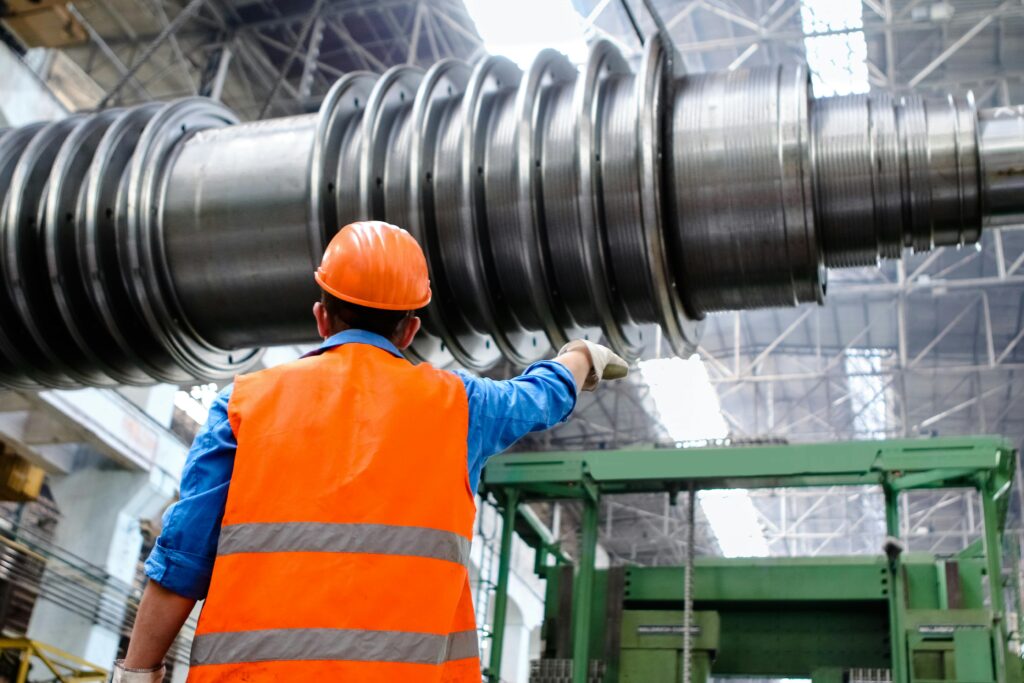From streamlining production lines to boosting efficiency, OEE manufacturing is changing the game. Curious how it works? Let’s dive into this essential metric shaping the manufacturing industry.
What is OEE manufacturing?

When it comes to improving productivity in manufacturing, one term often comes up: OEE manufacturing. But what exactly does it mean? And why is it so important in the modern manufacturing landscape?
This guide will break down everything you need to know about OEE manufacturing, from its definition to its history and practical applications.
Understanding OEE manufacturing
OEE stands for Overall Equipment Effectiveness. It’s a metric that evaluates the efficiency and effectiveness of manufacturing equipment. Simply put, OEE helps manufacturers measure how well their equipment is performing compared to its full potential.
OEE manufacturing is not just about data; it’s about actionable insights. It highlights key areas for improvement by focusing on three main factors:
1- Availability: Are machines running when they should be?
2- Performance: Are machines producing as fast as possible?
3- Quality: Are products being made without defects?
The origins
So where does it come from? OEE manufacturing has its roots in the late 1960s. It was first introduced by Seiichi Nakajima, a pioneer of Total Productive Maintenance (TPM). Nakajima’s goal was to create a simple yet effective way to measure machine productivity. His framework became widely adopted, laying the foundation for what we now recognize as OEE. Today, its widespread and a popular metric used all over the globe.
How long has it been popular?
Although OEE was introduced in the 1960s, its widespread adoption began in the 1980s. During this period, manufacturers were looking for tools to boost efficiency amid growing global competition.
Why is OEE manufacturing important?
We know that in a highly competitive market, efficiency is everything. Let’s take a look at some reasons why OEE manufacturing is vital in today’s landscape:
1. Identifying bottlenecks: By analyzing OEE data, manufacturers can pinpoint specific areas where productivity is falling short.
2. Maximizing ROI: Efficient equipment utilization translates to higher returns on investment.
3. Enhancing decision-making: With accurate metrics, teams can make informed decisions to improve operations.
4. Reducing waste: OEE aligns with sustainable practices by minimizing downtime and defects.
How does OEE work in manufacturing?
So how do you calculate it? To calculate OEE, manufacturers evaluate three key components:
1. Availability:
This measures the percentage of scheduled time that the equipment is available to operate. Downtime due to breakdowns or maintenance affects this factor.
Formula: Availability = (Operating Time / Planned Production Time) × 100
2. Performance:
This assesses whether equipment is running at its optimal speed. Slow cycles or minor stops reduce performance efficiency.
Formula: Performance = (Ideal Cycle Time × Total Pieces) / Operating Time
3. Quality:
This calculates the percentage of good parts produced versus total parts. Any defective products lower this score.
Formula: Quality = (Good Count / Total Count) × 100
When these three components are multiplied together, the result is the OEE score. A perfect OEE score of 100% indicates that production is running at maximum efficiency with no losses. It’s like finding the unicorn of manufacturing!
Key benefits of implementing OEE manufacturing
Adopting OEE manufacturing can transform production operations. Here’s how:
- Improved productivity: Identifying and addressing inefficiencies leads to more output in less time.
- Cost savings: Reduced downtime and defects save money on repairs and wasted materials.
- Increased competitiveness: Manufacturers with optimized operations can deliver products faster and at a better price.
Final thoughts
OEE manufacturing is a powerful tool that helps businesses optimize operations and stay competitive. While its concept is straightforward, its impact on production efficiency and cost savings is profound.
As technology advances, OEE manufacturing will continue to play a pivotal role in smart factories. For manufacturers, staying ahead means embracing these innovations and aligning OEE practices with broader digital transformation efforts. If you too would like to be part of this revolution, talk to our experts.




